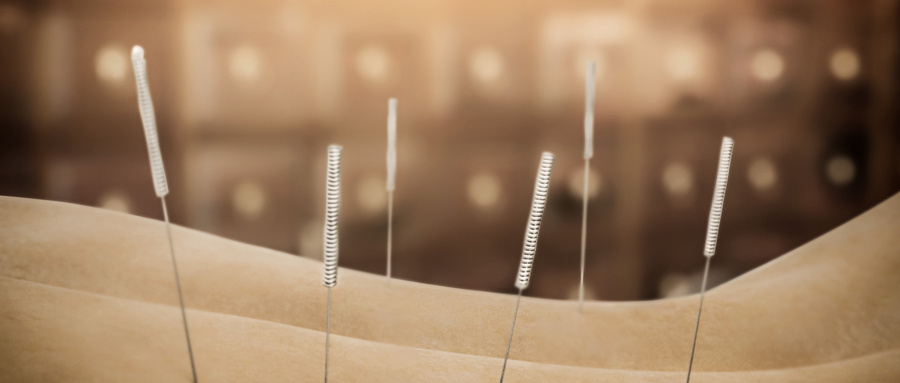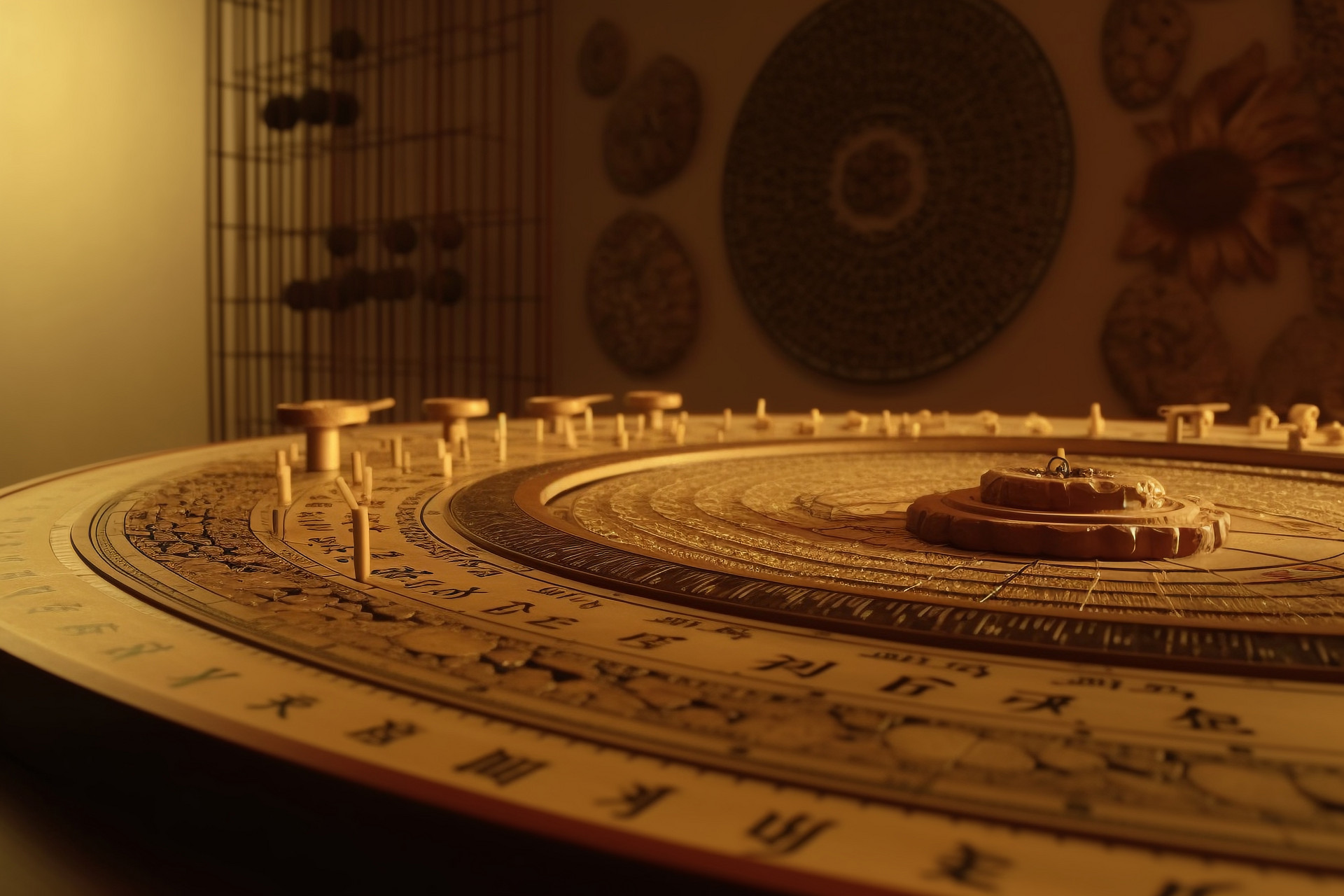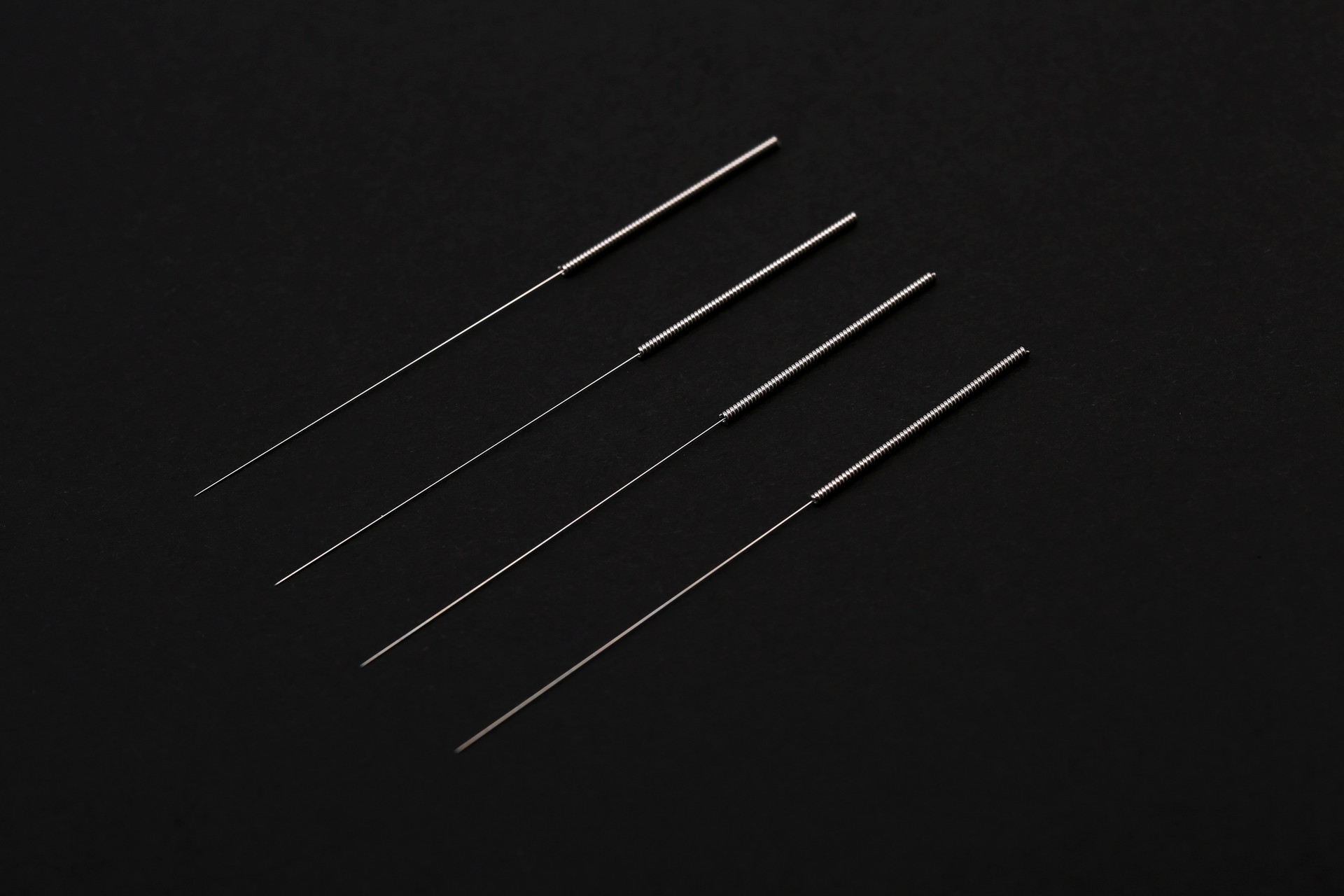1 Theory of Meridians
What are meridians? In ancient China, through long-term medical practice in the battle against diseases, the people gradually realized that there are channels in the human body through which "qi" and blood flow. These channels are referred to as meridians in traditional Chinese medicine. They are connected to the organs internally and to the limbs externally, crisscrossing and spreading throughout the body, playing an important role in the circulation of qi and blood, similar to the cardiovascular and lymphatic systems in the human body. Through the complex connections of the meridians, the internal and external aspects of the body, as well as the five zang and six fu organs, limbs, facial features, muscles, tendons, and skin, are unified into an organic whole, adapting to the external environment, similar to the nervous and endocrine systems in the human body. Since meridians play such an important role, they are undoubtedly a very mysterious and complex system. This meridian system includes meridians and collaterals. The meridians are the main part of the meridian system. They are large and straight, deep and internal, and can be divided into twelve regular meridians and eight extraordinary meridians. They also include twelve divergent meridians, twelve muscle regions, and twelve cutaneous regions associated with the twelve regular meridians. The collaterals are branches of the meridians. They are small and oblique, superficial and external, and can be divided into fifteen major collaterals, as well as the sun collaterals and floating collaterals that spread throughout the body.
When the human body is affected by disease, the imbalance of yin and yang, disharmony of organs, and excessive or deficient qi and blood are all closely related to the meridians and acupoints. Only by familiarizing oneself with the circulation and physiological functions of the meridians can one use the theory of meridians to explain pathological changes, guide the differentiation of syndromes, and conduct acupuncture treatment.
2 Treatment Based on Zang Fu Organs
Zang Fu organs refer to the internal organs collectively. Ancient Chinese people referred to them as "cang xiang", where "cang" means hidden inside, referring to the internal organs, and "xiang" means appearance or image, referring to the manifestations of the physiological and pathological states of the internal organs on the outside. Traditional Chinese medicine identifies the heart, liver, spleen, lungs, and kidneys as the five zang organs, and the small intestine, gallbladder, stomach, large intestine, bladder, and triple energizer as the six fu organs. The characteristic of the theory of zang fu organs is that it revolves around the five zang organs, with the support of the six fu organs, and connects with the five body parts, five palaces, and nine orifices, forming a "five zang system" as a whole. Although the names of the zang fu organs described in this theory are the same as those of the Western organs, there are significant differences in their physiological and pathological meanings.
The treatment based on zang fu organs is the foundation of various dialectical treatments in traditional Chinese medicine. It is based on the physiological functions and pathological manifestations of the zang fu organs, combined with the theories of the eight principles, etiology, and meridians. Through the integration of the four diagnostic methods, the analysis and summary of the syndromes of diseases are carried out, in order to infer the etiology, pathogenesis, location and nature of the disease, and the balance of yin and yang, and then determine the specific syndrome. Treatment principles and herbal prescriptions are determined based on the syndrome.
Acupuncture and moxibustion often apply the treatment based on zang fu organs. Acupuncture points, which are the locations where the qi of the meridians and collaterals is transported to the body surface, are used for acupuncture and moxibustion. Acupuncture points are closely related to the zang fu organs. In the case of disease, acupuncture points have the function of reflecting pain. The general pathway is: pathogenic qi → meridian system → dysfunction of zang fu organs → manifestation of symptoms often occurs at acupuncture point locations. During treatment, the regulation of the meridian system is used to expel pathogenic factors and restore the balance of zang fu organs.
3 Theory of Yin Yang and Five Elements
The theory of yin yang and five elements is a fundamental philosophical theory in ancient China. It is a summary of observations and understanding of the natural world through long-term life and production practices. It is a methodology used by ancient people to understand and explain the natural world. The ancient people emphasized "generation and transformation" with the theory of five elements and emphasized "extremes and changes" with the theory of yin yang, which is equivalent to the modern concepts of "quantitative change" and "qualitative change". Since its application in the field of traditional Chinese medicine, it has become the theoretical basis for the zang fu organs and meridians, and serves as a methodology for understanding the processes of human life and disease, i.e., the entire process of birth, aging, illness, and death. It elucidates the physiological phenomena and pathological changes of the human body and guides the differentiation and treatment of diseases.
The theory of yin yang believes that the natural world is materialistic and develops and changes under the interaction of yin and yang. As a natural science, traditional Chinese medicine naturally absorbs this simple and advanced philosophical theory. The human body is a unified whole, and both the expression of physiological functions and the evolution of pathological processes are in the process of yin yang changes. Therefore, traditional Chinese medicine believes that the occurrence of diseases is the result of yin yang imbalance. Acupuncture treatment aims to restore the balance of yin and yang. In clinical acupuncture, there are often techniques such as left-right mirroring and front-back and upper-lower corresponding needling, which are acupuncture principles based on the interaction of yin and yang, fully reflecting the core idea of acupuncture therapy that emphasizes balancing yin and yang.
The basic significance of the theory of five elements is to represent five abstract functional attributes with five basic substances in the natural world, in order to reflect the phenomena of mutual generation and restraint between things and their laws. The theory of five elements has a wide range of guidance and importance in clinical acupuncture.










